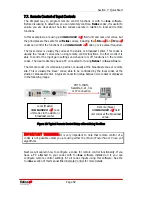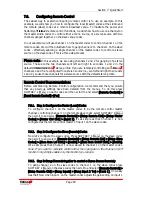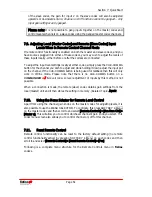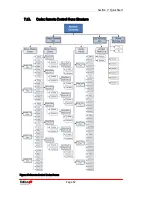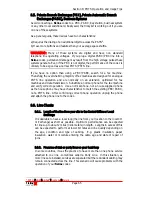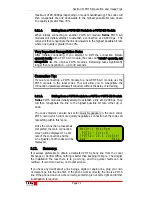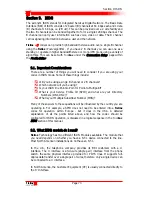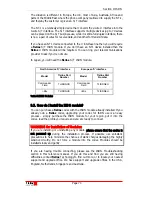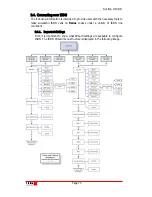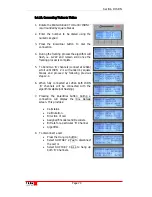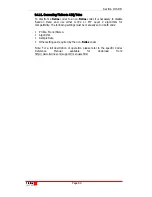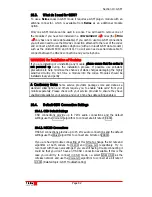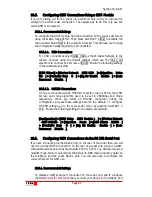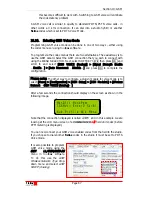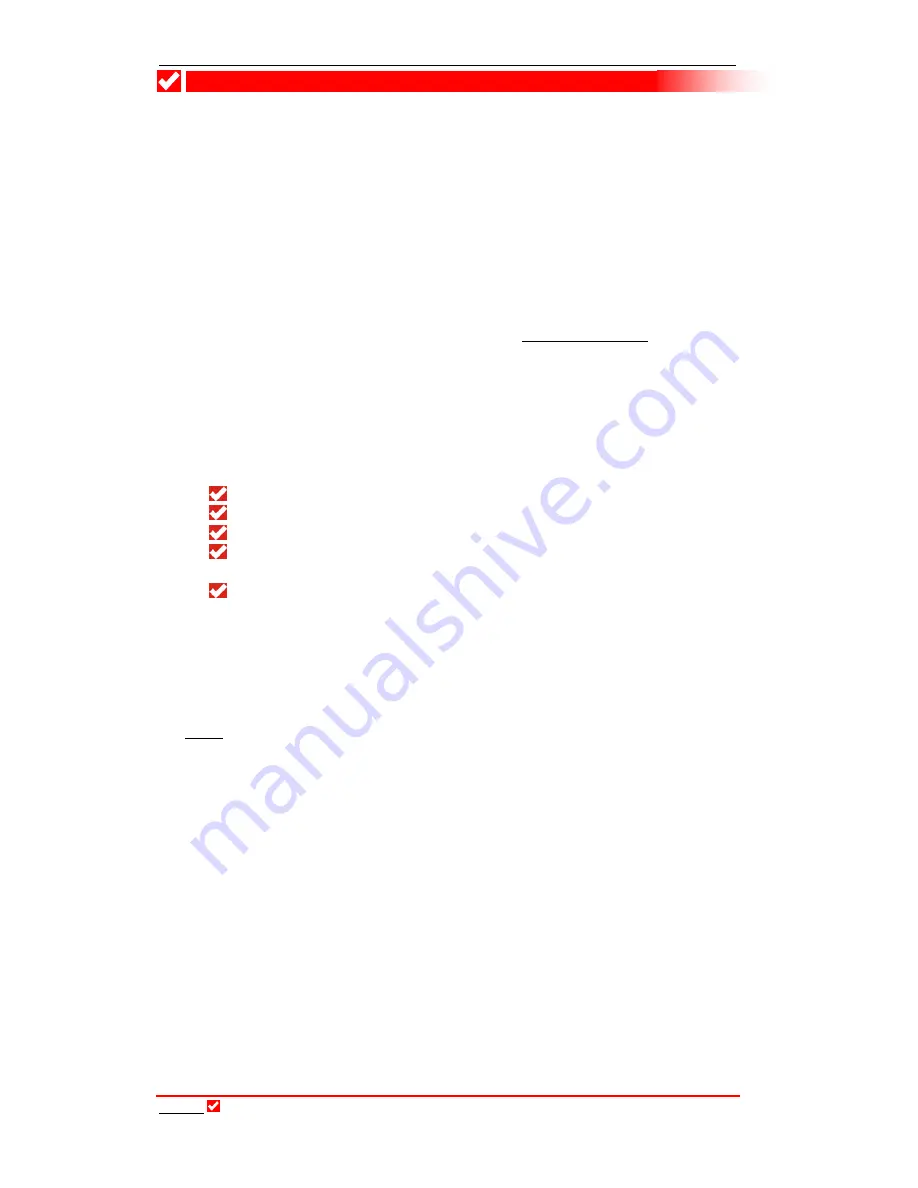
Section 9: ISDN
T
ieline
Page
73
T E C H N O L O G Y
Section 9.
ISDN
The acronym ISDN stands for Integrated Services Digital Network. The Basic Rate
Interface (BRI) of ISDN consists of 2 bearer (B) channels at 64 Kbps each and 1 data
(D) channel at 16 Kbps, i.e. (2B +D). This can be provided over a 2 wire facility and
the two B channels can be bonded together to form a single 128Kbps channel. The
B channel can carry user information such as voice, video or data. The D channel
carries signaling information between a user and the network.
T
ieline
G
3
codecs can provide high bandwidth stereo audio over a single B channel
using the
T
ieline
Music
algorithm
.
If you have 2 B channels you can use one as a
standby, or operate in higher bandwidth stereo or mono/IFB mode using a variety of
algorithms. This can be set with
Tool
Box
under the
Connection Setup
page within
the
Profile Editor
.
9.1.
Important Considerations
There are a number of things you will need to consider if you are using your
codec in ISDN mode. Some of these things include:
Will you be using a single B channel or 2 B channels?
Which network will you be using?
Is your ISDN line Point-to-Point or Point-to-Multipoint?
What is your Service Profile ID (SPID) and what are your Directory
Numbers (DN1, DN2)?
What is your Multiple Subscriber Number (MSN)?
Many of the answers to these questions will be influenced by the country you are
operating in. For example, a SPID does not need to be entered into a
T
ieline
codec for operation within Europe - but it does in the USA. A detailed
explanation of all the points listed above, and how the codec should be
configured for ISDN operation, is discussed in a logical sequence in the
Tool
Box
ISDN
section of this manual.
9.2.
What ISDN module do I need?
T
ieline
Technology has two different ISDN Modules available. The module that
you need depends on whether you have a NT-1 device connected to the line.
Most North American installations do not have an NT-1.
In the U.S., the telephone company provides its BRI customers with a U
interface. The U interface is a two-wire (single pair) interface from the phone
switch, the same physical interface provided for POTS lines. It supports full-
duplex data transfer over a single pair of wires, therefore only a single device can
be connected to a U interface.
In North America, the Customer Equipment (CE) is usually connected directly to
the 'U' Interface.

